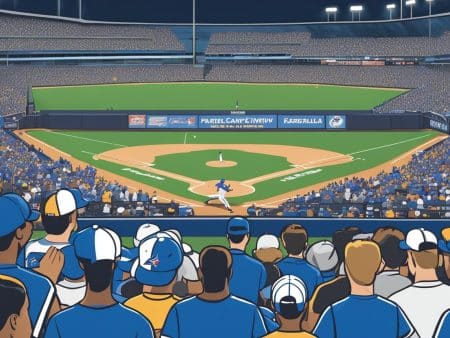Given the inherently small sample sizes and live poker variance characteristic of live poker, it’s conceivable for a player with overall losing skills to experience a winning streak so extended that it shapes their entire career. This phenomenon, a facet of live poker variance, can lead to the illusion of a ‘winning’ career, purely fueled by extraordinary luck.
In an article I wrote last week, which gained some traction, I delved into the impact of live poker variance in High Roller tournaments. Due to the elite competition and infrequent nature of these events, we posited that, because of live poker variance, a skilled player might endure a losing streak spanning over a decade, without any lapse in skill or strategy.

However, the story of live poker variance has another side worth exploring: the potential for a habitually losing player to experience prolonged periods of success due to live poker variance. Using the same tournament variance calculator from PrimeDope as in the previous analysis, we modeled a scenario with a $30,000 average buy-in, 80 entrants on average, 10 payouts, a 6% rake, and 200 MTTs annually. The key change was setting the player’s expected return to -15%, indicating a losing player, to highlight the unpredictable nature of live poker variance.
The simulations revealed that, on average, such a player would lose $900,000, with a 76% chance of a losing year due to live poker variance. Yet, live poker variance can swing positively, and in our most favorable simulation, the player emerged as a “Player of the Year” contender with a $5 million profit, showcasing the significant impact of live poker variance.
Expanding the scope to simulate 2,000 tournaments over a decade, the player’s average loss increased to $9 million, with one scenario showing a staggering $20 million loss. Despite the overwhelming likelihood of loss, there were still instances of significant gain, including a scenario where the player profited nearly $5 million over ten years.
This leads to a compelling conclusion: the world of live poker undoubtedly contains talented players doomed to perpetual losses due to no fault of their own. Conversely, players lacking in skill might still achieve financial success over extended periods, thanks to favorable short-term variance. Our simulations even included a player averaging a $500k annual profit over a decade, highlighting that some individuals might unknowingly sustain a professional poker career on luck alone.
It wasn’t until simulating 4,000 tournaments, equivalent to 20 years, that all outcomes resulted in losses. Further simulations with large-field MTTs and lower buy-ins suggested the existence of players who might never realize they’re technically losing players (and vice versa) over their careers.
These insights underscore the critical importance of sample size in assessing poker success—a factor that’s often overlooked in the live poker scene, where accumulating a significant sample size can take a lifetime, in stark contrast to online poker.











